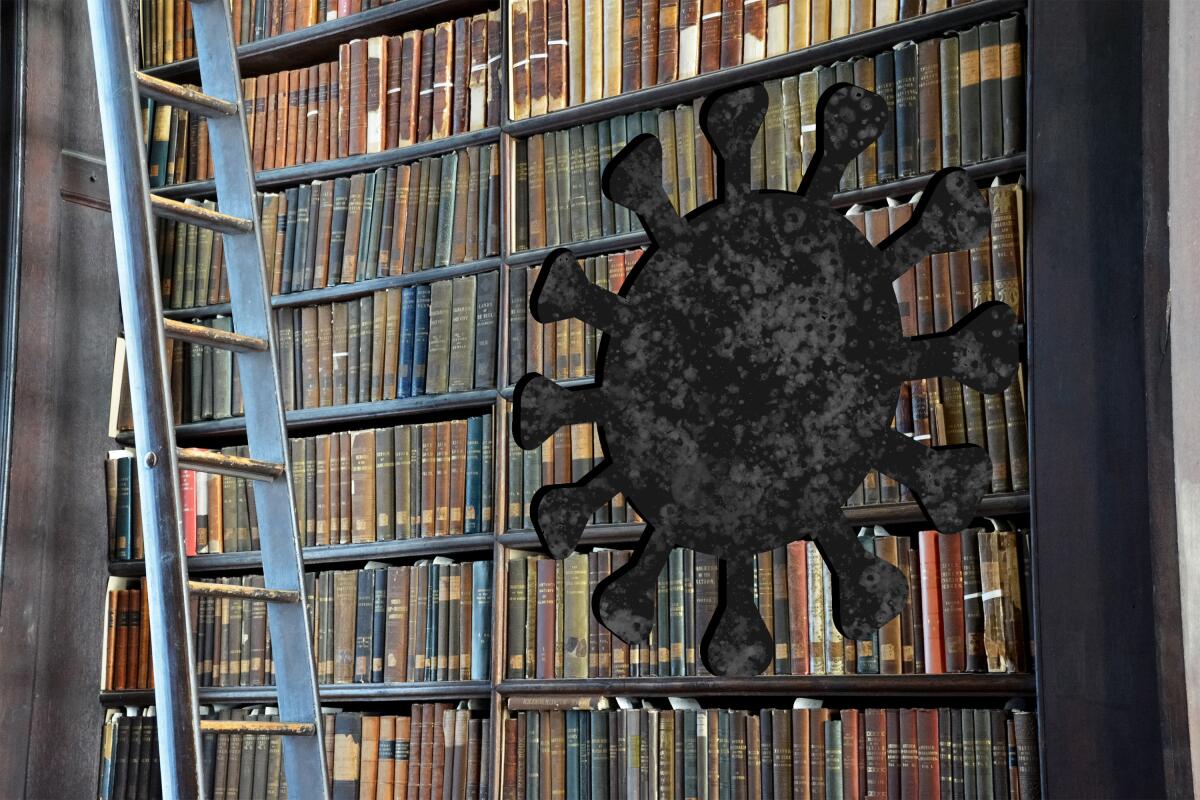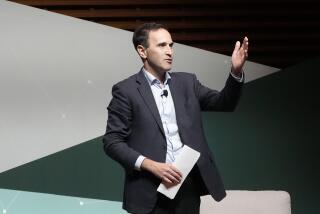Op-Ed: Delusional reactions to epidemics are as old as time. COVID has been no different

If anyone should have been prepared for this — this surreal, tragic phase of the pandemic and the derangement of our collective response — it might be me. I am both a red-state native and a historian who studies infectious diseases.
In 2017, I wrote that “the risk of a ‘big one,’ a biological event that threatens to break down our public health infrastructure and rattle the foundations of the global order, is out there, lurking.” That same year, I started writing a global history of infectious disease from our primate origins down to … SARS-1 and Ebola virus. The early drafts of the book warned that a new pandemic was inevitable in the future, whether tomorrow or in another lifetime.
Then COVID-19 came, and so much of what has unfolded seems eerily familiar to a student of history.
The “kung flu” smear and the Wuhan blame game? Finding scapegoats for epidemics is as old as time, from the Black Death to the AIDS crisis.
Leaders who brazenly project an alternate reality, at unfathomable cost? Read the gripping story of the delusional reaction to the plague in 1630-31 in Milan, a town with maybe the most advanced public health system in the world at the time, but which ultimately lost over 40% of its population in the outbreak.
Private interests that shamelessly peddle misinformation? The history of British mercantilists lobbying against quarantine sounds perfectly contemporary. Resistance to medical science? Since the introduction of smallpox inoculation and then vaccination, a weird alliance of religious militancy and pseudoscience has worked to stoke fears and doubts about our best tools to protect human health. Livestock dewormer? Just a fresh take on the venerable tradition of quackery. It’s hard to be original in the annals of human folly.
Still, complete immersion in the chronicles of past disease did not really prepare me for how bewildering our social response would be. The disorienting experience of living through a pandemic has certainly been made more vivid because I not only live in ruby-red Oklahoma but was born and raised here, and I am a patriotic Okie. I love this place and its people. But I have to admit it has been a struggle to understand this alienating failure of community.
Family and friends, otherwise reasonable people, refuse to make the small sacrifice in the form of masking to keep others safe. We are sending our kids back to school, in a state where the Delta variant is raging and the Legislature has banned mask mandates. At my university, we have to implore students, faculty and staff to wear masks. Vaccinations that should have been our technical salvation have become polarizing — and the strong federal actions to expand vaccination requirements are certain to harden divisions too.
The thing about the really nefarious new diseases throughout history, the “big ones,” is that they seem to infect everything, to find and expose all of our other social pathologies. The smallpox pandemics that ravaged the Indigenous peoples of the New World weren’t caused by a Great Germ without context — rather, the brutal dislocation of conquest worked hand in hand with disease to destroy complex American civilizations.
In war-torn 17th Europe, epidemics caused by typhus, the “microbe of misery,” were the sequel of conflict and chaos. In the 19th century, cholera pandemics fell right along the stress lines that had formed amid the growing inequalities both within and between societies.
And like a radioactive tracer, this COVID pandemic has given us a view into our own faults and failings and the cultural polarization that makes it impossible to achieve societal consensus. It has also weakened our instincts of obligation to one another. We have now learned, the hard way, that a nearly miraculous technical intervention to stop the disease is not enough. It will take both scientific progress and a reckoning in our political life for us to regain control.
We are experiencing the effects of an unraveling that had happened long before a novel coronavirus jumped from bats to humans. I hadn’t quite seen it this way until I stepped back into the classroom this fall.
I always start my course on the history of ideas about justice with a debate about some topical issue. This year, I began the new semester by having my class discuss the 1905 Supreme Court case Jacobson vs. Massachusetts. The plaintiff, Jacobson, claimed that the state of Massachusetts was violating his personal liberty by requiring smallpox vaccination. Smallpox had been mostly eliminated from the United States, but when it periodically threatened, cities and states (Cambridge, Mass., in this instance) sometimes made vaccination compulsory. The arguments by both sides are more than a century old, but you still hear them every time you turn on cable news in the debates about “freedom” and the common good, now in reaction to the Biden administration’s measures to expand vaccination requirements.
In Jacobson, a 7-2 majority upheld the compulsory vaccination law as a reasonable application of the state’s police powers. The decision is not only an important constitutional precedent; the majority opinion written by Justice John Marshall Harlan is also philosophical and eloquent. “There are manifold restraints to which every person is necessarily subject for the common good,” he wrote. “On any other basis, organized society could not exist with safety to its members. Society based on the rule that each one is a law unto himself would soon be confronted with disorder and anarchy.”
The disease may have changed, but the fundamental issues have not, and the reaction of my students felt like a measure of how completely the threads that hold together our sense of the “common good” have frayed.
At least half of the class instinctively sided with Jacobson. And even more surprising, they did so thoughtfully. There were no aspiring demagogues, no zany conspiracy theories, no impugning the motives of the other side. They argued for the individual’s autonomy to make decisions concerning his or her body. They argued that putting too much power in the hands of the state was dangerous. As a teacher, I was happy about the substance and civility of the debate. But as a historian of disease, I was disheartened.
For more than a century, we lived in a society guided by the Jacobson decision, though most of us had never heard of the case. The vaccination schedule quietly became part of the fabric of our lives. But it never felt like a trade-off between freedom and health — and certainly not like a choice between Republican and Democrat, red state and blue state allegiance. The government approved the shots. The family doctor advised and administered them. With the terrors of polio fresh and visceral, few people asked questions.
It was what you did, as a parent and a citizen. People got vaccinated not because they had fully considered the rational arguments but because it was part of the implicit social contract, quietly rooted in structures of trust and an understanding of what we owe each other.
That bit of fabric has come undone.
The tribalization of vaccinations and masks happened so fast that it caught most of us off guard. Federal pressure has become necessary to bring the pandemic under control, but it also guarantees that the politics of public health will remain acrimoniously partisan. It will take work and leadership and empathy to stitch the pieces back together, neighborhood by neighborhood. This pandemic is far from over. Eventually the virus will run out of victims, and then we don’t know what will happen. Maybe we can muddle through, though only with unnecessary human cost. But the “disorder and anarchy” will linger.
Kyle Harper is a professor of classics and letters at the University of Oklahoma and author of the forthcoming “Plagues Upon the Earth: Disease and the Course of Human History.”
More to Read
A cure for the common opinion
Get thought-provoking perspectives with our weekly newsletter.
You may occasionally receive promotional content from the Los Angeles Times.










